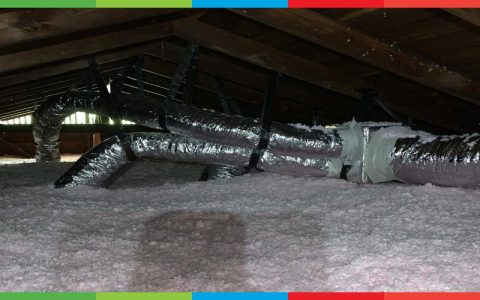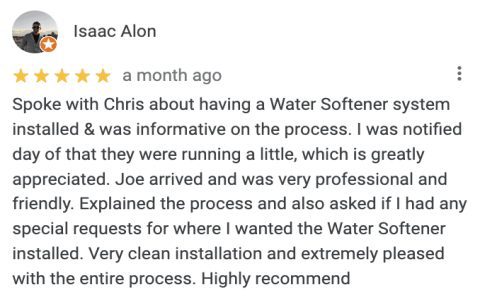Blown-in insulation is a common method for thermally insulating wall cavities in both new construction and existing homes. It involves using specialized equipment to propel loose insulation material into these spaces, creating a thermal barrier that reduces heat transfer.
Types of Blown-in Insulation for Walls
Several materials are suitable for blown-in wall applications:
- Cellulose: Made primarily from recycled paper products, often treated with borates for fire and pest resistance. It conforms well to cavities, filling nooks and crannies effectively.
- Loose-fill Fiberglass: Composed of fine glass fibers. It is naturally fire-resistant and does not absorb moisture. It's a lightweight option.
- Rockwool (Mineral Wool): Made from molten rock and slag. It offers excellent fire resistance, sound dampening qualities, and is moisture-resistant.
Advantages of Blown-in Wall Insulation
- Superior Coverage: Blown-in materials can fill irregular shapes and small gaps around pipes and wiring more completely than batt insulation, reducing air leakage and thermal bridging.
- Thermal Performance: Provides a good R-value per inch, contributing significantly to energy efficiency and reduced heating/cooling costs.
- Sound Dampening: The density and nature of these materials can help reduce noise transmission through walls.
- Minimal Disturbance (Retrofits): For existing walls, installation typically involves drilling small holes, which is less invasive than removing entire wall surfaces.
- Speed of Installation: Professional installers can insulate wall cavities relatively quickly.
Considerations and Potential Drawbacks
- Professional Installation Recommended: Achieving proper density and complete coverage requires specialized equipment and expertise. Improper installation can lead to settling or voids.
- Settling: Some materials, particularly cellulose if not installed at the correct density, may settle over time, reducing their effectiveness at the top of wall cavities. "Dense-pack" installation methods are designed to mitigate this.
- Moisture Sensitivity: While many products are treated, cellulose can be susceptible to moisture if a significant leak occurs, potentially leading to mold or reduced R-value. Fiberglass and rockwool are more moisture-resistant.
- Dust and Air Quality: Installation can be dusty. Proper containment and ventilation are necessary, and installers often use respirators.
- Cost: May be more expensive than DIY batt insulation, but the improved performance and professional installation can offer long-term value.
Installation Process
The installation method varies slightly between new construction and retrofitting existing homes:

For Existing Walls (Retrofit):
- Small holes are typically drilled into each stud bay from either the exterior (e.g., behind siding) or the interior.
- A hose connected to a blowing machine is inserted into the holes.
- Insulation is blown into the cavity until it reaches the desired density. Installers often use a "fill tube" method to ensure complete coverage from bottom to top.
- Once filled, the holes are plugged and patched, and siding or drywall is repaired as needed.
For New Construction:
- Insulation is typically installed after wiring and plumbing are complete but before drywall is hung.
- A netting material or a product like BIBS (Blow-In Blanket System) may be stapled across the stud faces to hold the insulation in place as it is blown into the open cavities.
Properly installed blown-in insulation significantly enhances a wall's thermal resistance, contributing to a more comfortable and energy-efficient building envelope.










